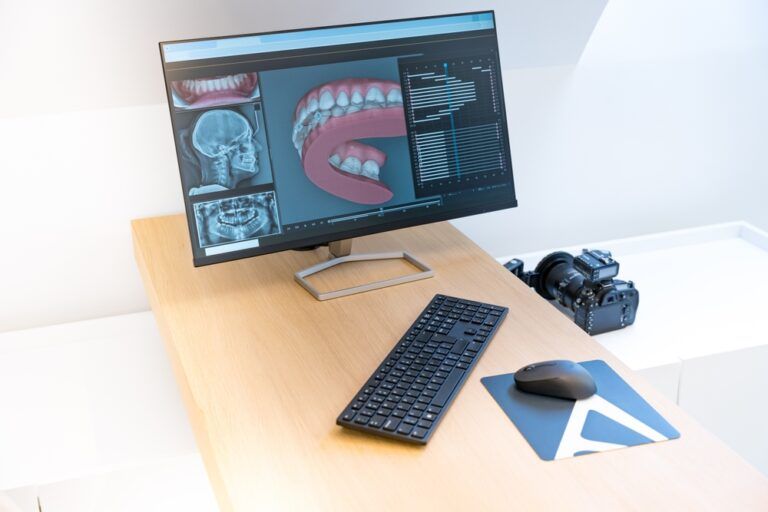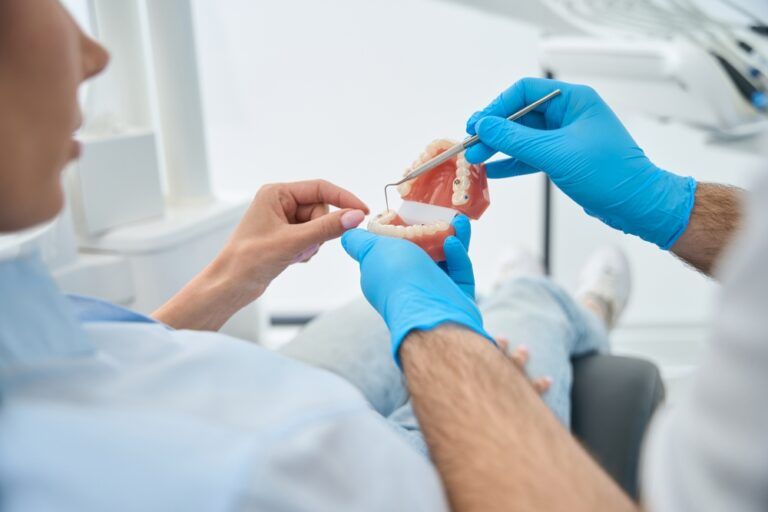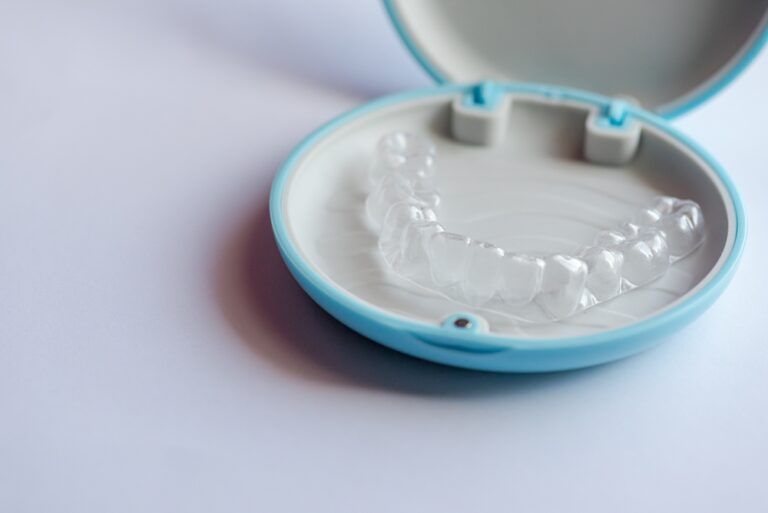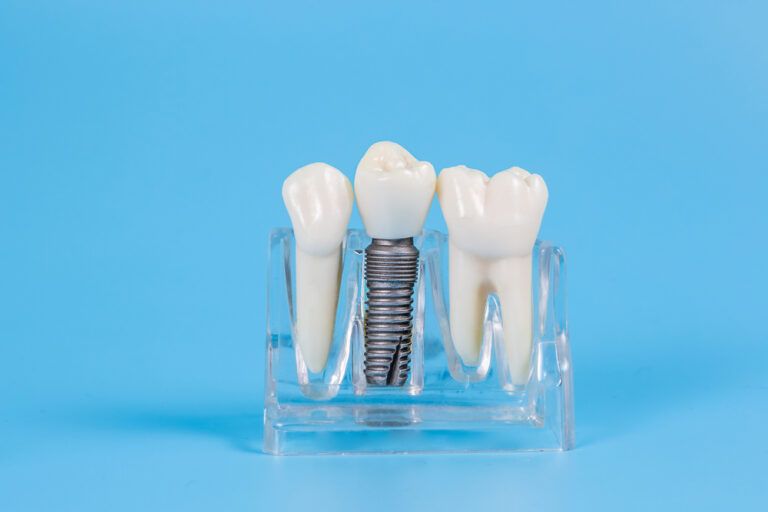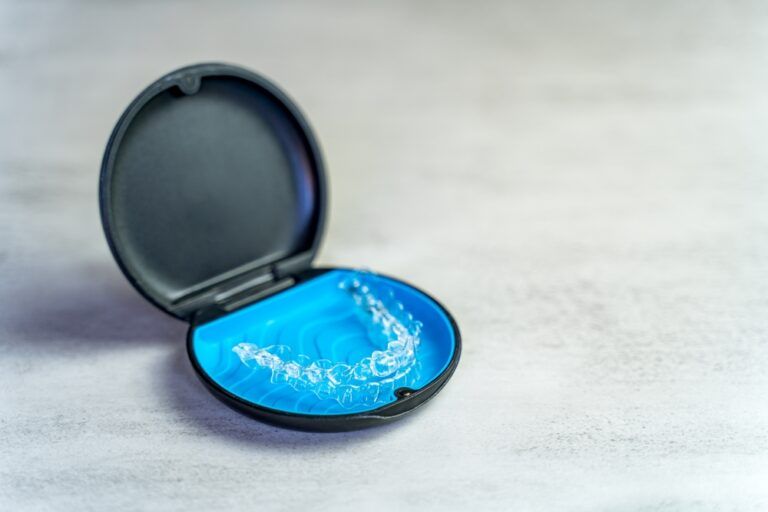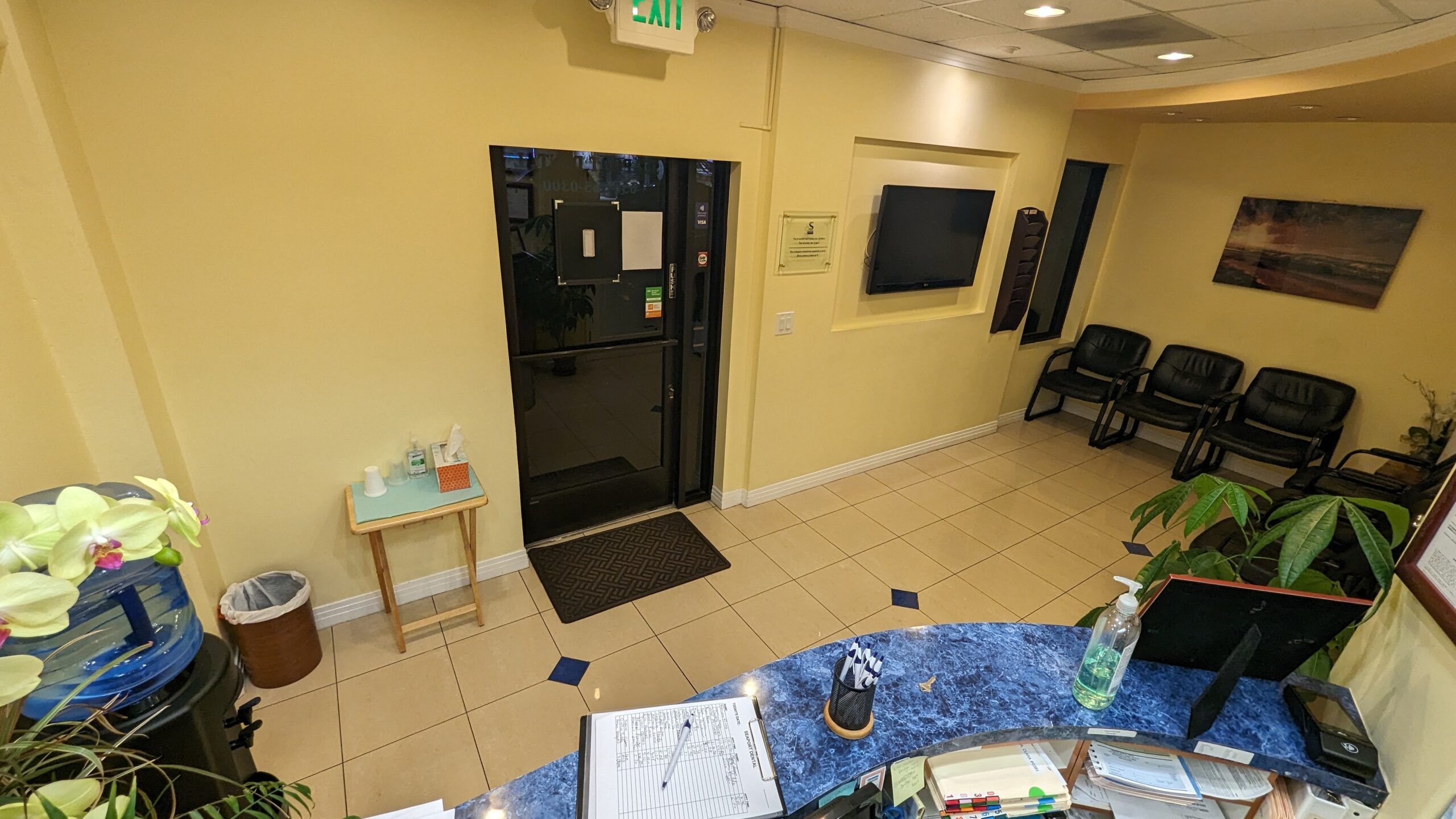Accidents happen, and sometimes, one of those accidents results in the loss of a tooth. Whether it’s due to a sports injury, a fall, or an unexpected hit to the mouth, losing a tooth can be alarming. While the situation may seem dire, knowing the immediate steps to take can dramatically improve the chances of saving the tooth and ensuring the best possible outcome for your oral health.
Here’s a comprehensive action plan to guide you through the process of dealing with a lost tooth.
Step 1: Stay Calm and Assess the Situation
The initial shock of losing a tooth can make it hard to think clearly, but staying calm is crucial. The faster you act, the better the chance of saving the tooth. Start by assessing the injury. Is it a baby tooth or an adult tooth? If it’s an adult tooth, it’s considered a dental emergency, and time is of the essence. Baby teeth, however, should not be replanted, as doing so may damage the developing permanent teeth underneath.
If there is any bleeding, gently bite down on a piece of clean gauze or a cloth to control it. Rinsing your mouth with warm water can also help to clean the area.
Step 2: Find the Tooth and Handle It Carefully
Once you’ve determined the tooth is permanent, locate it quickly. When you find the tooth, be cautious not to touch the root. The root contains vital cells that are key to the tooth’s reattachment. If these cells are damaged, it could reduce the chances of saving the tooth. Only hold the tooth by the crown (the part that is normally visible in the mouth).
If there is any dirt or debris on the tooth, gently rinse it with milk or saline solution. Avoid scrubbing or using soap and water, as this could damage the fragile root.
Step 3: Attempt to Reposition the Tooth in the Socket
In many cases, the best course of action is to try to place the tooth back into its original position in the socket. Holding the tooth by the crown, gently push it back into the socket. Once in place, hold the tooth by biting down gently on a clean cloth or gauze pad to keep it steady.
If repositioning the tooth is too painful or seems impossible, proceed to the next step, and avoid forcing the tooth into the socket.
Step 4: Keep the Tooth Moist
If you cannot reinsert the tooth, the next priority is to keep it moist. A dry tooth will quickly lose the cells necessary for successful reattachment. The best way to transport a tooth is by placing it in a glass of milk. If milk is not available, you can use saline solution or even your own saliva by placing the tooth inside your mouth between your cheek and gums. Be careful not to swallow the tooth.
Never use plain water to store the tooth, as this can damage the cells on the root surface, lowering the chances of successful replantation.
Step 5: Seek Immediate Dental Attention
Time is critical when dealing with a lost tooth. Ideally, you should see a dentist within 30 minutes for the best chance of saving it. If you are in the Redwood City area, Seaport Family Dental, led by Dr. Steve Deng, DDS, is equipped to handle dental emergencies and will guide you through the next steps of treatment.
In cases where you cannot get to the dentist within 30 minutes, try to keep the tooth moist and get there as soon as possible. Even after an hour, there is still a possibility of saving the tooth, although the chances may diminish over time.
What to Expect at the Dentist
When you arrive at the dentist’s office, the dental team will assess the damage to your tooth and surrounding tissues. If the tooth has been successfully reinserted into the socket, your dentist may use a splint to hold it in place while it reattaches. A splint is a small wire or composite material that is bonded to your teeth to stabilize the injured one.
If the tooth was not reinserted prior to arriving, your dentist will clean the socket and attempt to place the tooth back in position. In some cases, root canal treatment may be necessary to remove any damaged pulp inside the tooth, especially if it has been out of the mouth for an extended period.
Long-Term Care for a Replanted Tooth
After the immediate emergency care, your dentist will likely schedule follow-up visits to monitor the healing process. The reattachment of a lost tooth is a complex process that may require time and patience. Your dentist will keep an eye on how well the tooth is reintegrating into the jawbone and check for signs of infection or additional damage.
In some instances, the tooth may not fully reintegrate and could require further treatment, such as a dental implant or bridge, to restore the function and aesthetics of your smile. However, with quick and proper action, a lost tooth can often be saved and fully functional.
Prevention: How to Protect Your Teeth
While accidents are not always avoidable, there are several measures you can take to protect your teeth and prevent the loss of a tooth in the future:
- Wear a Mouthguard: If you play contact sports or engage in activities with a risk of falling or impact, wearing a mouthguard is essential for protecting your teeth.
- Avoid Chewing Hard Objects: Refrain from chewing ice, popcorn kernels, or hard candy, as these can cause teeth to crack or break.
- Regular Dental Checkups: Keeping up with regular dental appointments can help identify any underlying issues that may compromise the strength of your teeth.
Dr. Steve Deng at Seaport Family Dental emphasizes that prevention is the best strategy, but when accidents happen, having an action plan in place can make all the difference.
Act Quickly to Save Your Tooth
Losing a tooth is a dental emergency that requires swift and careful action. By following the steps outlined here, you can significantly increase the chances of saving your tooth and avoiding more complex and costly dental procedures in the future. Remember, the key to success lies in staying calm, handling the tooth properly, and getting to a dentist as quickly as possible.
At Seaport Family Dental, we’re here to help guide you through any dental emergency. If you or someone you know experiences a lost tooth, contact us immediately for the best possible care.
Sources:
- Andersson, L., et al. (2012). Guidelines for the management of traumatic dental injuries: Fractures and luxations of permanent teeth. Dental Traumatology.
- McIntyre, J. D., et al. (2002). The use of a custom-designed mouthguard and compliance in high school basketball players. Journal of the American Dental Association.
- Trope, M. (2011). Clinical management of the avulsed tooth: Present strategies and future directions. Dental Traumatology.


